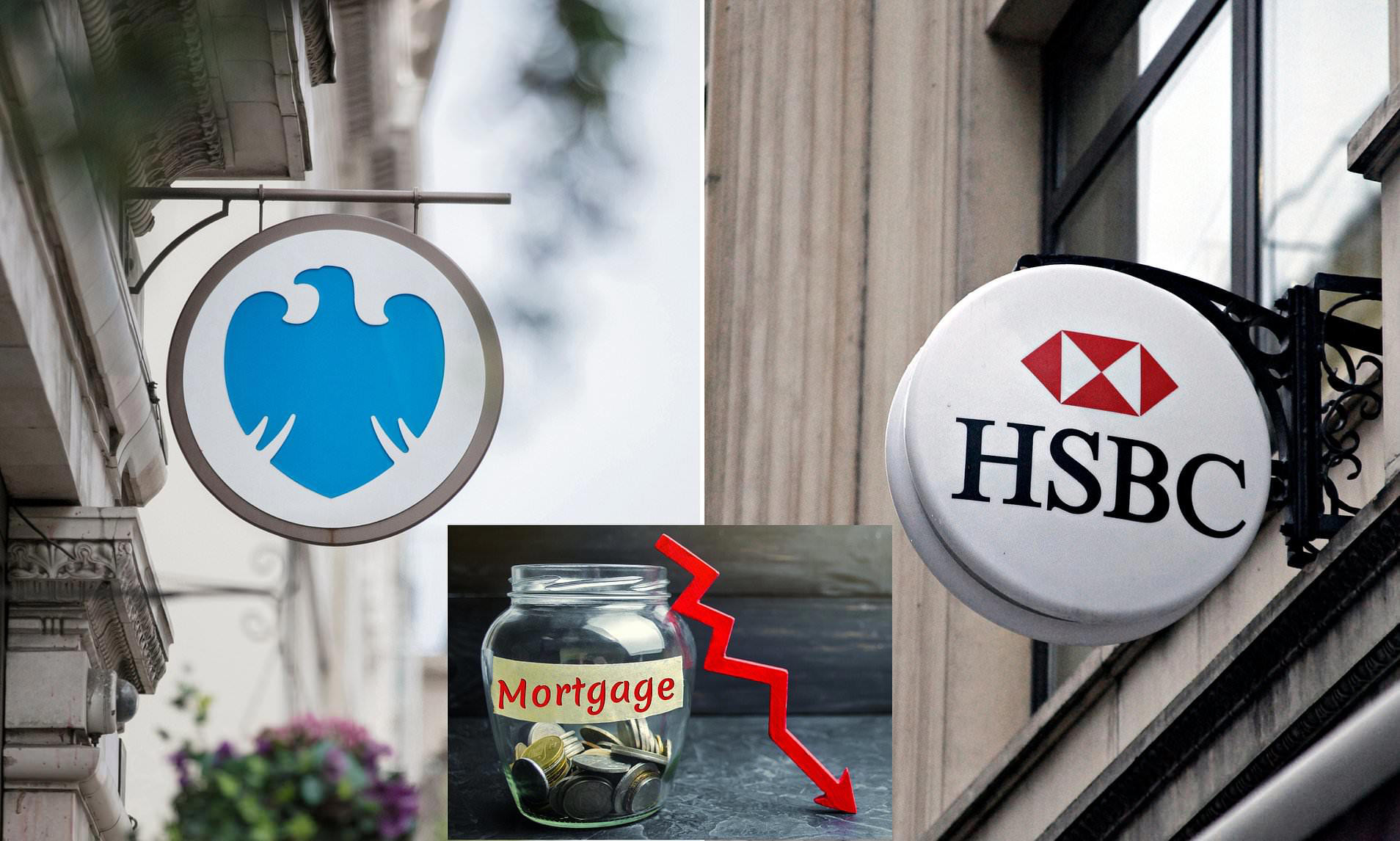Barclays cuts mortgage rates: A Bold Move Amidst Market Volatility
Barclays PLC, a major player in the UK banking sector, announced significant reductions in selected mortgage rates, effective from Wednesday, November 27th. This move marks a departure from the recent trend of rate hikes by other lenders and has sent ripples through the mortgage market. The reductions, ranging up to 0.20 percentage points, apply to both residential purchase and remortgage products. This bold decision by Barclays comes as a welcome relief to borrowers amidst a period of economic uncertainty.
Understanding the Rate Cuts
The rate reductions are a direct response to recent easing in swap rates. Swap rates are a crucial component in determining mortgage pricing. Barclays' decision to pass on these savings to its customers demonstrates a commitment to supporting borrowers during a period of market volatility. The changes affect a range of products, including two-year and five-year fixed rates, with variations based on loan-to-value (LTV) ratios and associated fees.
Specific Rate Reductions:
- A notable example includes a remortgage deal reduced from 4.5% to 4.3%, targeting borrowers with 25% equity and a £999 fee. This reflects the bank’s strategy to provide competitive offerings across its product range.
- Other reductions include a two-year fixed rate at 90% LTV (with no product fee) dropping from 5.49% to 5.39%. These targeted cuts aim to offer relief to borrowers with diverse financial profiles and needs.
Market Reaction and Expert Opinions
The move by Barclays has been met with mixed reactions. While some see it as a positive sign, others remain cautious. Market analysts have pointed to the recent volatility in the swap market as a major factor influencing this decision. Financial experts highlight that these changes don't completely alter the landscape, but provide essential breathing room for many borrowers.
Analyst Commentary:
Nicholas Mendes, mortgage technical manager at John Charcol, described Barclays' actions as “a bold move,” noting that it’s the first major high-street lender to cut rates recently. He emphasized that the reductions, while not transformative, offer crucial relief to borrowers struggling with rising rates. He suggested that this could set a trend, provided market conditions remain stable. His comments highlight the significance of Barclays' action as a potential turning point.
This perspective is echoed by other industry experts. The positive steps toward stabilization are indeed encouraging, particularly for those navigating the current borrowing climate. This signifies a possible shift in the market, giving hope to many borrowers affected by recent rate hikes.
The Broader Context: Economic Factors and Future Predictions
The Bank of England recently lowered the base interest rate to 4.75%, the second cut this year. However, the prevailing economic climate suggests a more gradual rate reduction compared to previous expectations. Financial analysts are cautious about predicting a dramatic, swift decline in mortgage rates. This cautious approach reflects the nuanced economic conditions influencing the market. The general consensus among experts points toward a period of gradual adjustments rather than drastic shifts in the near future.
Impact on the Market
The average two-year fixed homeowner mortgage rate stands at 5.53% (a slight decrease from the previous day), and the five-year fixed rate remains at 5.28%. These figures reflect a slight overall softening of rates, indicating a potential trend toward stabilization. While this stabilization is a positive sign for borrowers, the overall financial climate remains somewhat unstable and uncertain.
While some see Barclays’ decision as an indication of stabilizing rates, others warn against premature optimism. The continuing need for responsible borrowing practices and thorough research on the part of borrowers will remain crucial, regardless of overall market trends. The future landscape, while exhibiting some signs of stabilization, remains inherently unpredictable, influenced by economic indicators and policy decisions beyond the influence of a single financial institution.
A Glimmer of Hope on the Horizon
Barclays' decision to cut mortgage rates is a significant development in the current market climate. While it might not represent a complete reversal of the recent trend of rising rates, it provides much-needed relief for many borrowers. The move underscores the ongoing dynamism of the mortgage market, influenced by economic factors, lender strategies, and the evolving expectations of borrowers. This is a welcome relief for borrowers amidst uncertainty, showing a potential trend of easing rates in the coming months.
The long-term outlook remains unclear, however. Further rate changes will depend on several factors, including economic conditions, inflation rates, and policy decisions by the Bank of England and other global central banks. Therefore, responsible financial planning and continuous monitoring of market conditions will remain crucial elements in the decision-making process for both lenders and borrowers. The current situation is an evolving landscape, and only time will tell the complete impact of this bold move by Barclays.


















